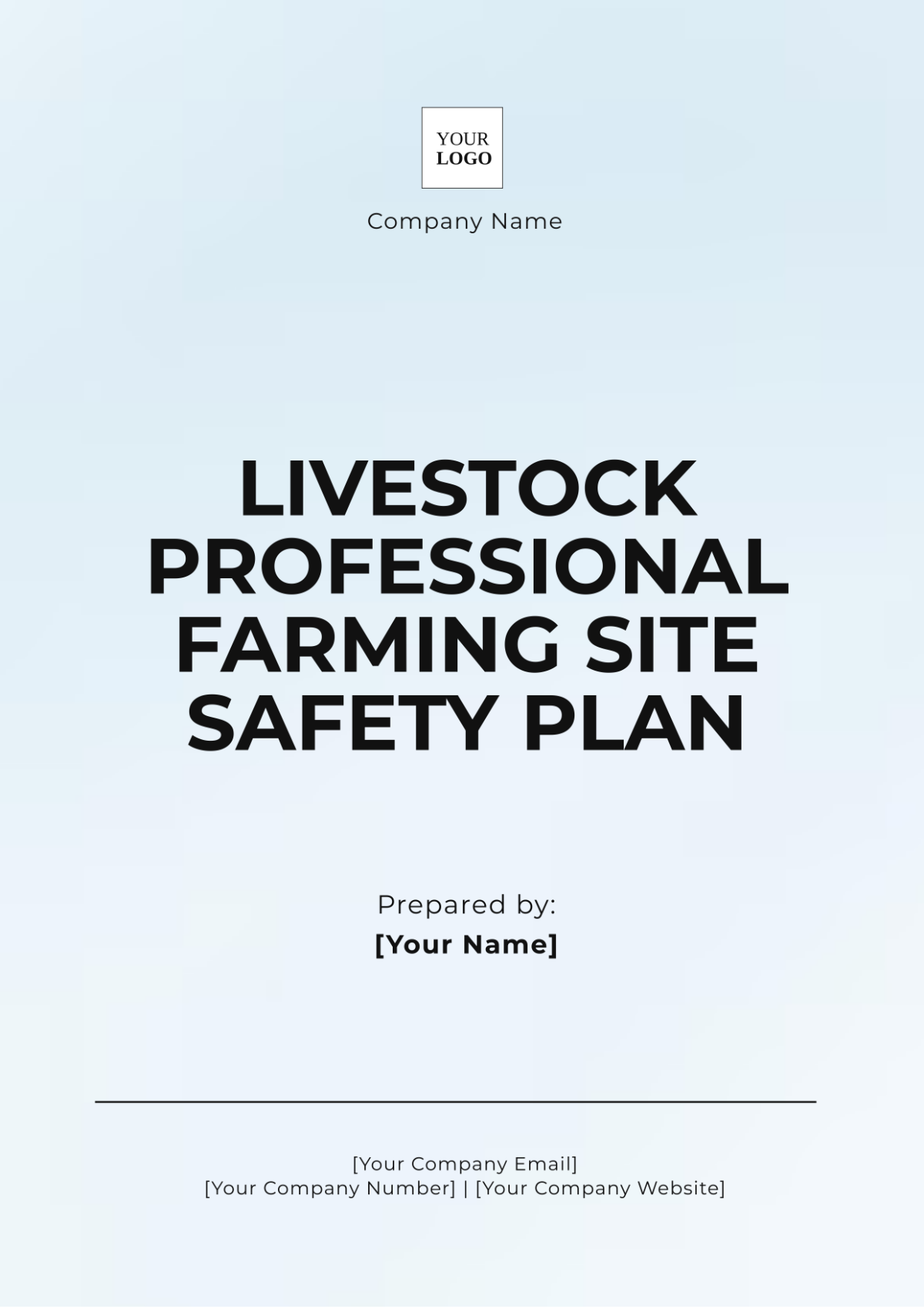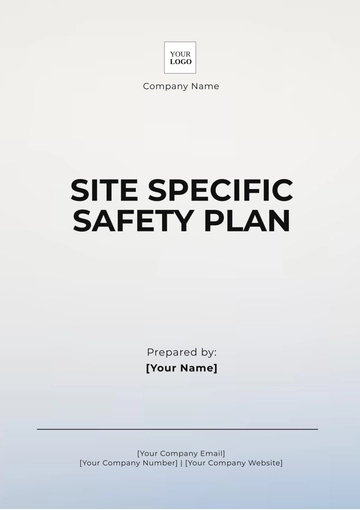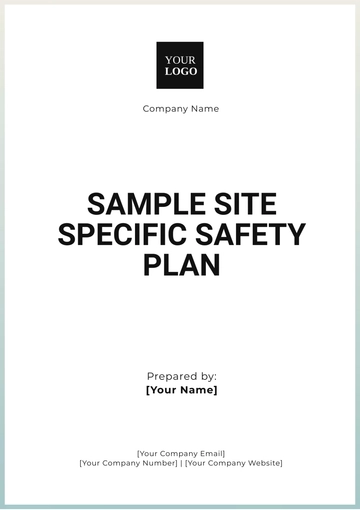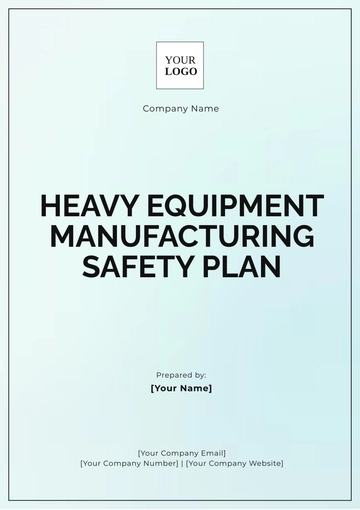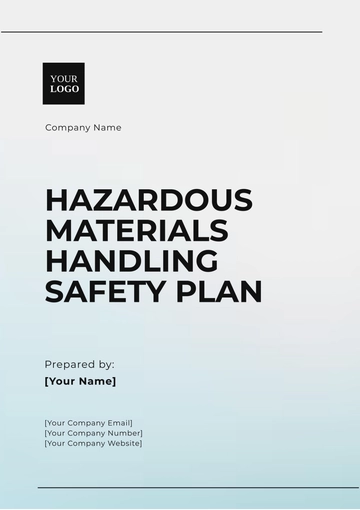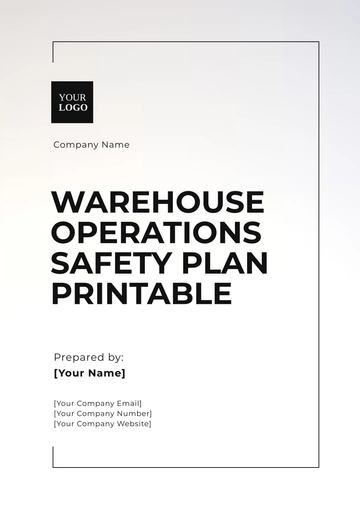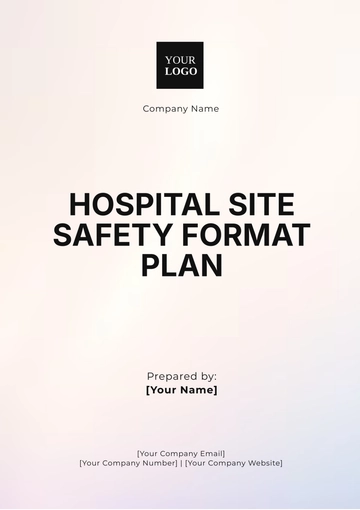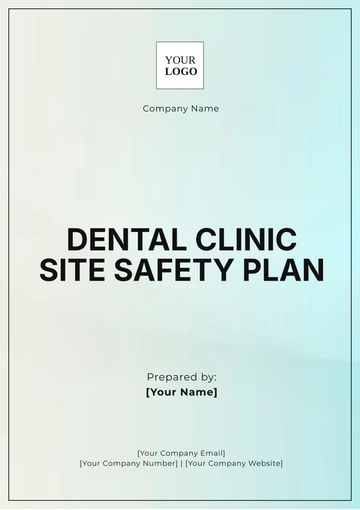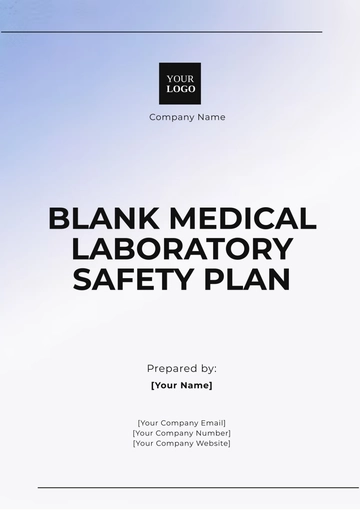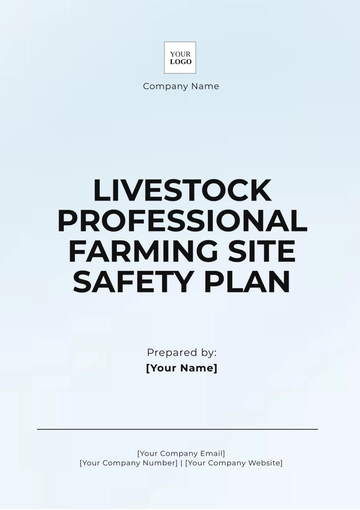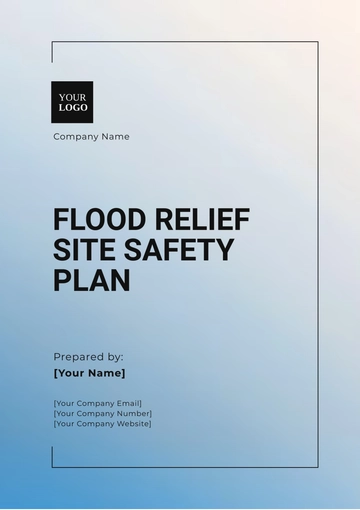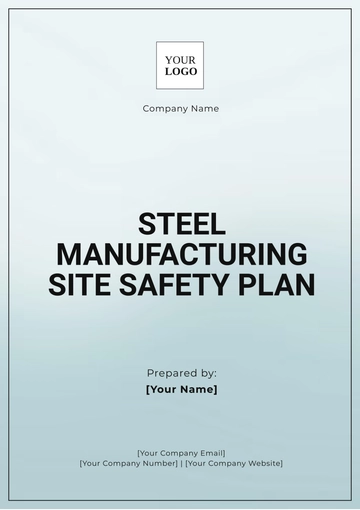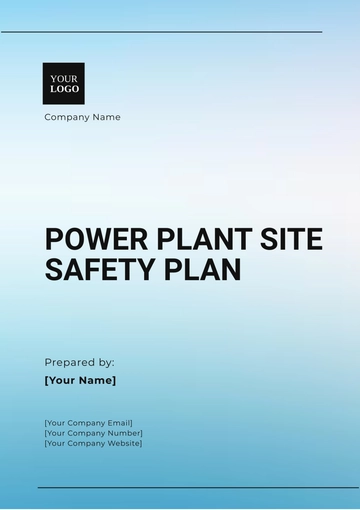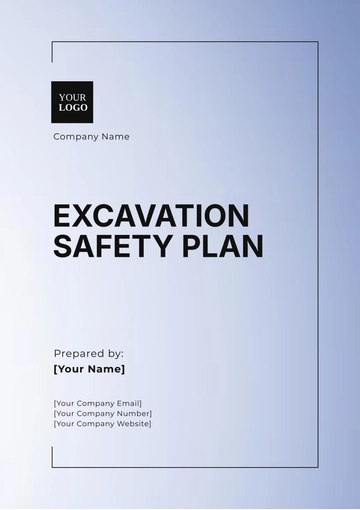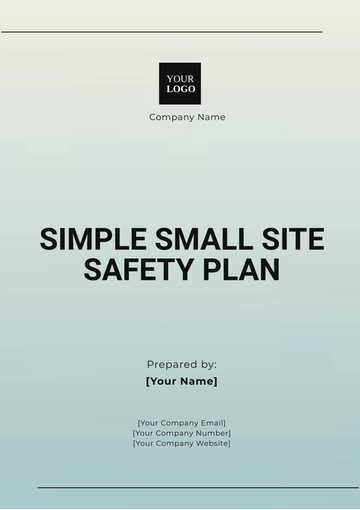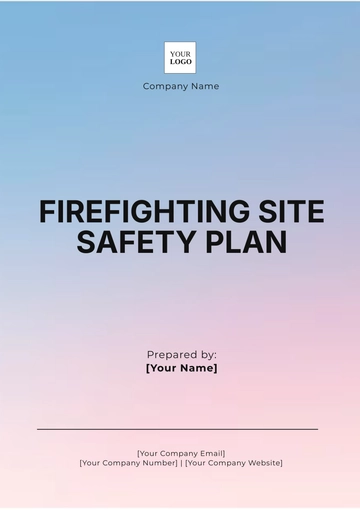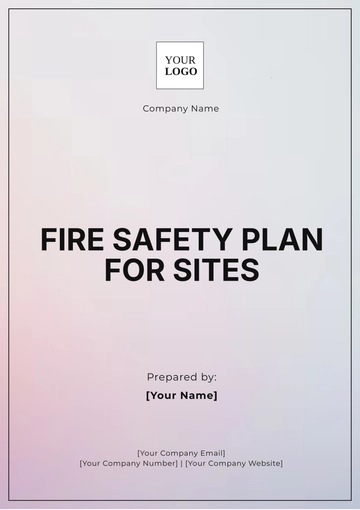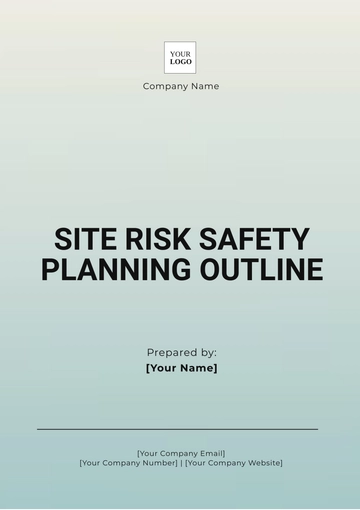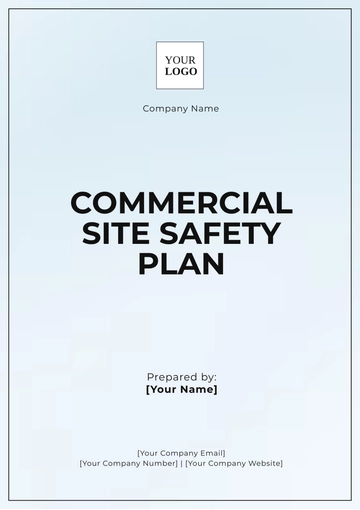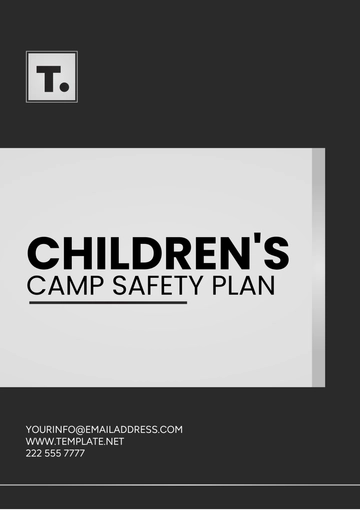Livestock Professional Farming Site Safety Plan
Prepared By: [Your Name]
Company: [Your Company Name]
1. Introduction
This Livestock Professional Farming Site Safety Plan is designed to ensure the safety and well-being of all workers, visitors, and animals on the farming site. The primary goal of this plan is to mitigate risks, prevent accidents, and promote a safe working environment. The plan outlines key safety procedures, emergency response protocols, hazard identification, and training programs specific to livestock farming operations. By implementing this safety plan, the farm aims to maintain high standards of safety and comply with regulatory requirements.
2. Objectives
To ensure the safety of all individuals working on or visiting the farm.
To prevent accidents and injuries through proactive risk management.
To provide comprehensive training and resources on livestock safety protocols.
To establish clear emergency response procedures in case of accidents or hazardous situations.
3. Site Overview
The farm is involved in raising and managing livestock, with areas designated for barns, feeding stations, veterinary care, grazing, and machinery storage. These areas will be closely monitored to ensure safety compliance.
4. Risk Identification
Potential risks on the farm include:
Animal-related injuries: Kicks, bites, or physical knocks.
Slips, trips, and falls: Common in barns or muddy pathways.
Machinery-related accidents: Involving tractors, loaders, or farm tools.
Chemical exposure: From veterinary medicines, fertilizers, or cleaning agents.
Heat stress: For outdoor workers, particularly in hot weather. Regular inspections and assessments will be conducted to identify, log, and mitigate these risks.
5. Personal Protective Equipment (PPE)
Workers on the farm are required to wear appropriate PPE based on their specific tasks. This may include:
Footwear: Steel-toe boots for protection against heavy equipment and animals.
Gloves: Protective gloves when handling animals or working with chemicals.
Helmets: Hard hats when working around heavy machinery.
Eye protection: Safety goggles for tasks involving dust, chemicals, or machinery.
Respirators: Masks when handling chemicals or working in environments with poor ventilation.
6. Safety Procedures
6.1 Animal Handling
6.2 Machinery and Equipment
6.3 Chemical Handling
7. Emergency Response Plan
7.1 Medical Emergencies
7.2 Fire Emergencies
Evacuation routes will be marked, and fire extinguishers will be placed at key locations across the farm.
8. Training and Education
Regular training will be provided to all workers, focusing on:
9. Record Keeping and Incident Reporting
All incidents and accidents must be reported immediately. Logs will be kept to track incidents and the corrective actions taken. Regular review of these records will guide safety improvements on the farm.
10. Continuous Improvement
The farm safety plan will be reviewed annually or following any significant incident or operational change. Updates will reflect changes in farm procedures, equipment, or new safety regulations to ensure ongoing improvement in safety standards.
Plan Templates @ Template.net
